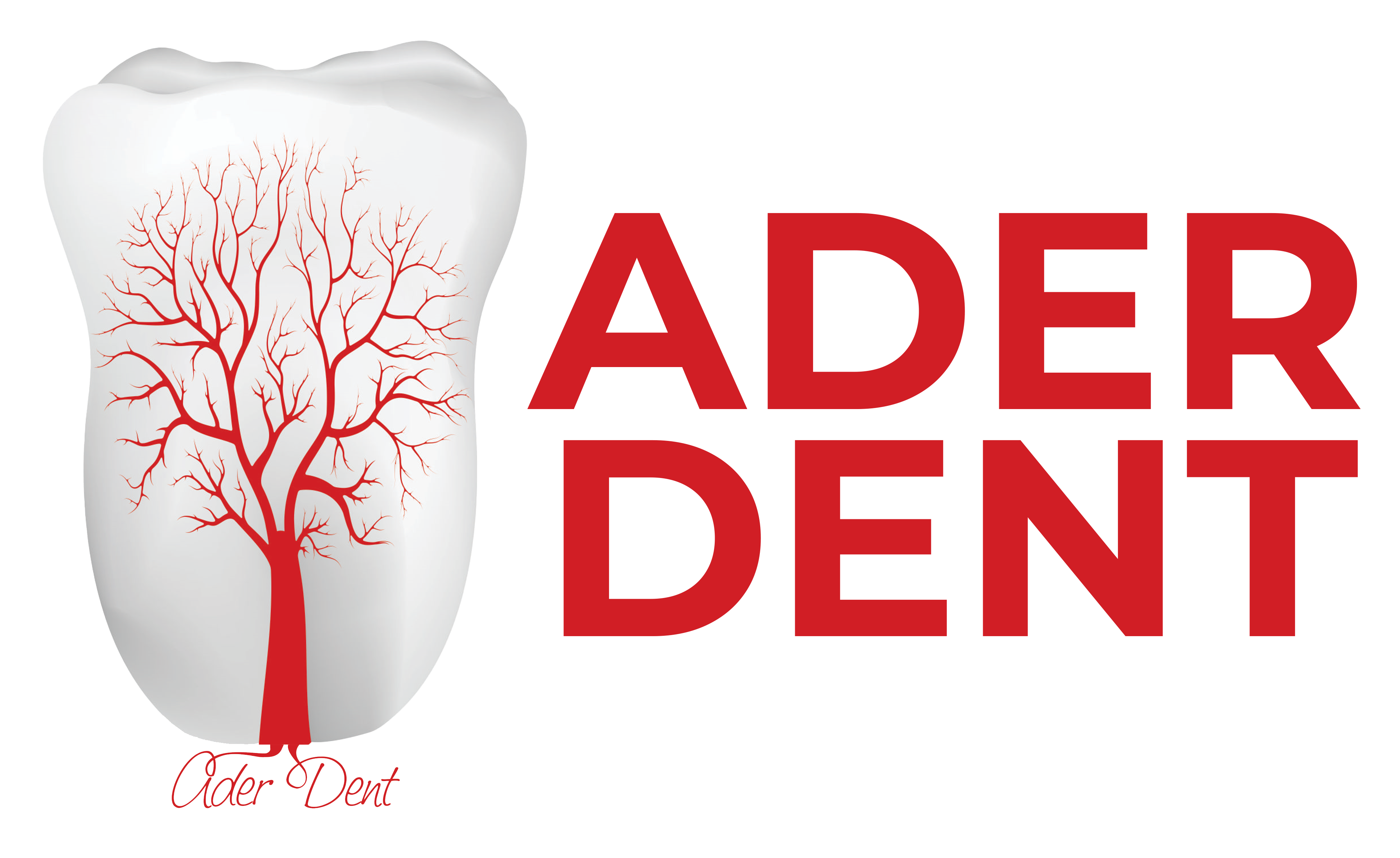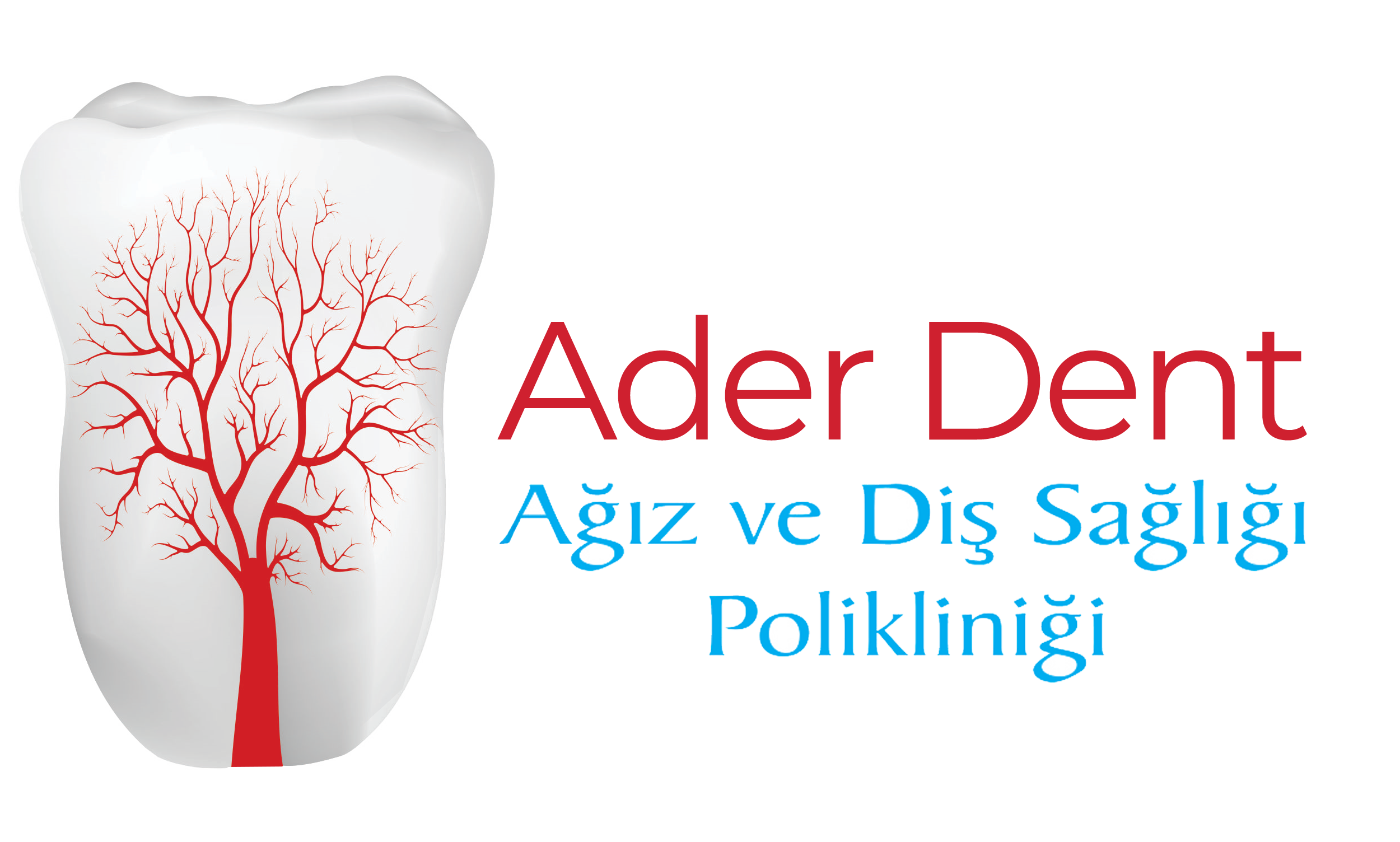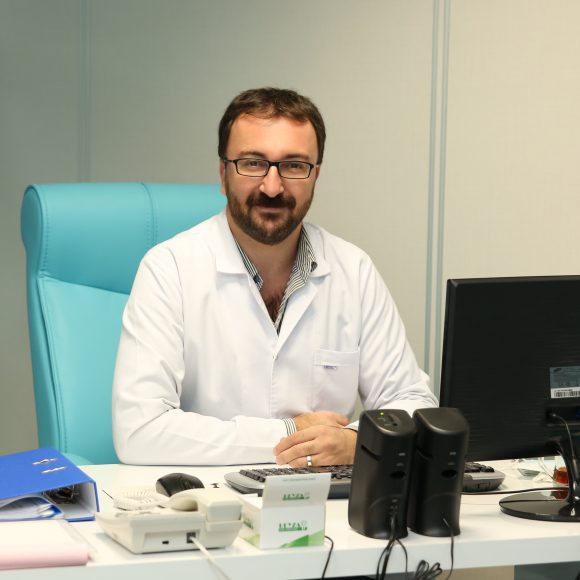Orthodontic treatments are long-term procedures aimed at correcting dental and jaw irregularities. However, the success of treatment does not rely solely on the orthodontist’s interventions. The patient’s attention to oral hygiene, eating habits, and regular check-ups plays a crucial role in the outcome of the treatment.
What to Do Before Starting Orthodontic Treatment
Before starting orthodontic treatment, optimal oral health must be achieved. Existing issues such as:
- Tooth decay
- Gum disease
- Tartar buildup
should be treated in advance. Once orthodontic appliances are placed, such procedures become more difficult and may prolong the treatment duration. Therefore, establishing a healthy oral environment is the first step in any orthodontic process.
The Importance of Oral Hygiene During Orthodontic Treatment
Maintaining excellent oral hygiene during orthodontic treatment is essential. Fixed appliances (brackets and wires), in particular, can easily trap food particles, increasing the risk of cavities and gum inflammation. To prevent such issues:
- Teeth should be brushed at least twice a day using special orthodontic brushes
- Interdental brushes and floss should be used to clean between the wires
- Mouthwash should be used regularly to support daily oral care
Patients using removable appliances should remove them after meals and clean both the appliance and their teeth thoroughly.
Regular Check-Ups and Patient Compliance
Orthodontic treatments may last between 1 to 3 years depending on the patient’s condition. Monthly check-ups with the orthodontist are necessary throughout this period. Missing appointments or failing to use the appliances as directed can lead to extended treatment times or unsuccessful outcomes.
If the appliance becomes loose, damaged, or broken, it is crucial to contact the orthodontist without delay.
Retention Phase: The Final Step of Treatment
After active orthodontic treatment, a retention phase is required to preserve the results. During this stage, fixed or removable retainers are provided, and they must be worn consistently for the duration recommended by the orthodontist. Otherwise, teeth may gradually return to their original positions.
Foods to Avoid During Orthodontic Treatment
To prevent damage to orthodontic appliances, certain foods should be avoided:
- Hard foods: Ice, nuts, crusty bread, raw carrots, and apples can break wires and brackets.
- Sticky foods: Chewing gum, caramel, and Turkish delight can stick between braces and cause damage or make cleaning difficult.
- Sugary foods: Ice cream, soda, and candies create an acidic environment in the mouth and increase the risk of cavities.
Avoiding such foods not only protects your braces but also supports overall oral health during treatment.
The Role of the Initial Examination in Orthodontics
The initial orthodontic examination is one of the most critical stages in the treatment process. During this appointment, the orthodontist assesses your jaw structure, tooth alignment, bite relationship, and any existing temporomandibular joint (TMJ) problems.
Panoramic X-rays and cephalometric analyses may be used when necessary. These imaging methods help identify the source of the problems and allow for a personalized treatment plan. A strong start ensures a shorter and more effective treatment journey.
Psychological Support and Motivation During Orthodontic Treatment
Orthodontic treatment requires not only physical adjustment but also psychological resilience. Especially for children and adolescents, the visibility of braces may cause self-confidence issues. In such cases, support and encouragement from both family and the orthodontist are vital.
Providing clear information about the process, reminding the patient that the treatment is temporary, and celebrating even small improvements can help maintain motivation. For adult patients, aesthetic solutions such as clear aligners may be preferred to enhance compatibility with their professional and social lives. Psychological support throughout the treatment significantly contributes to its success.


 TR
TR




